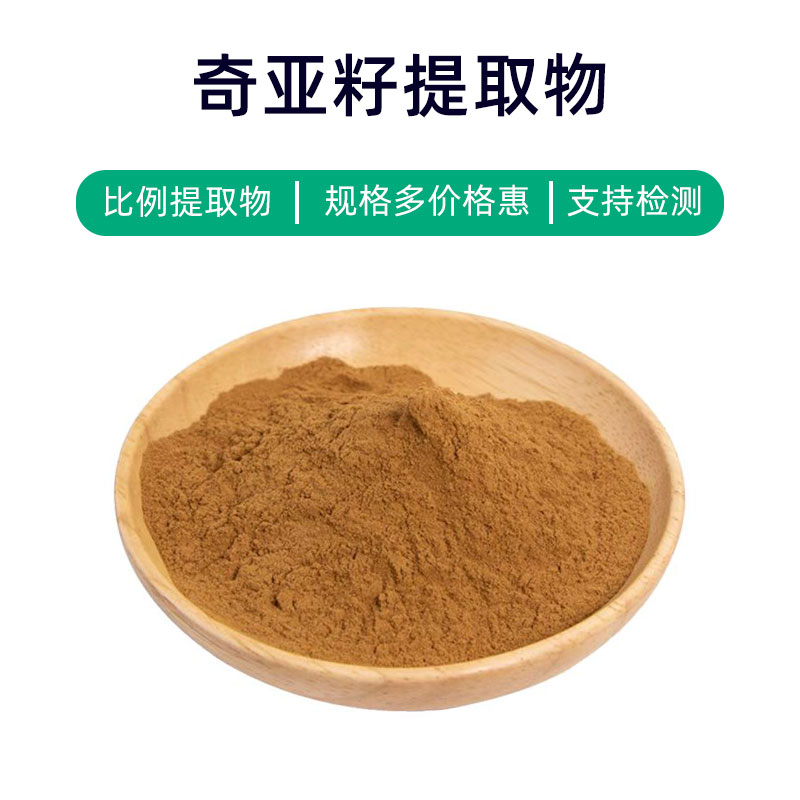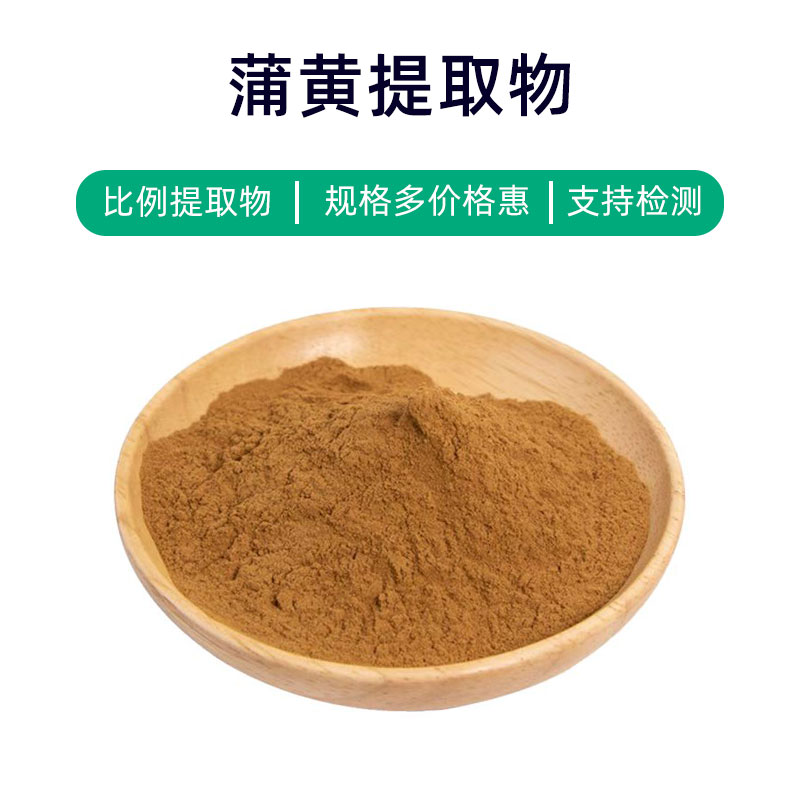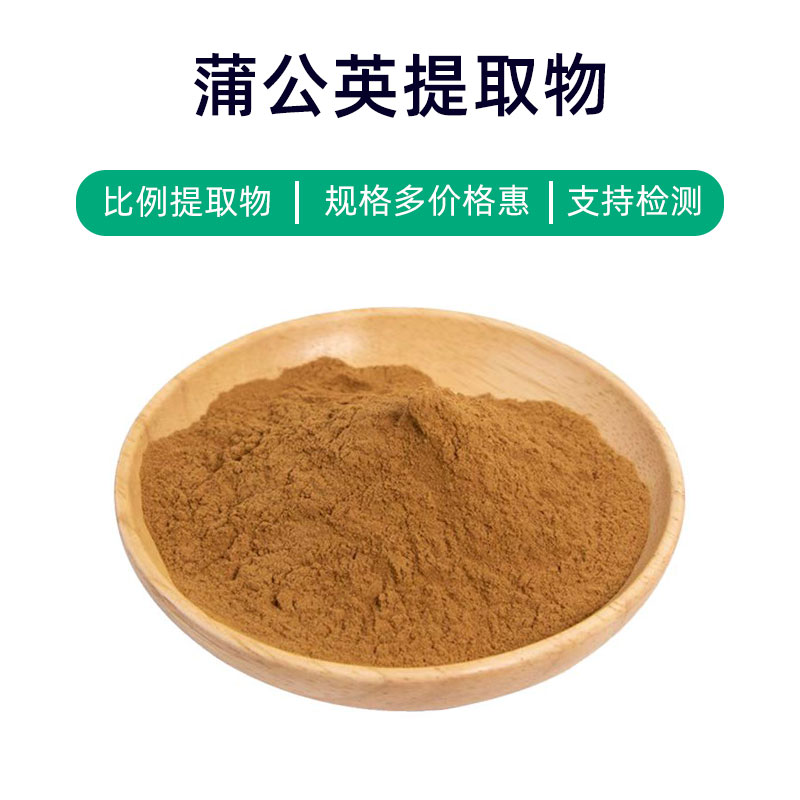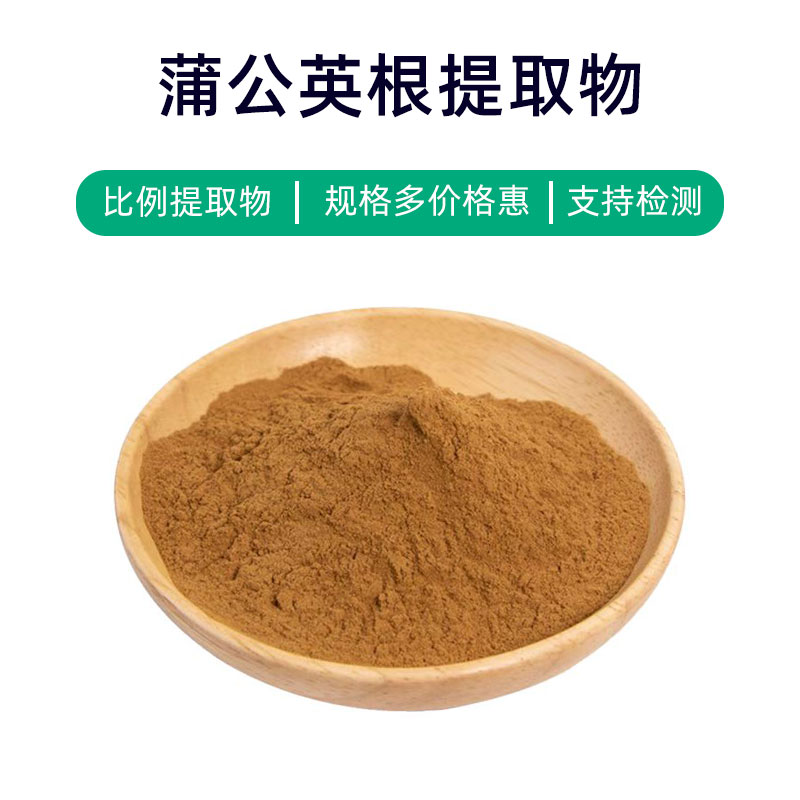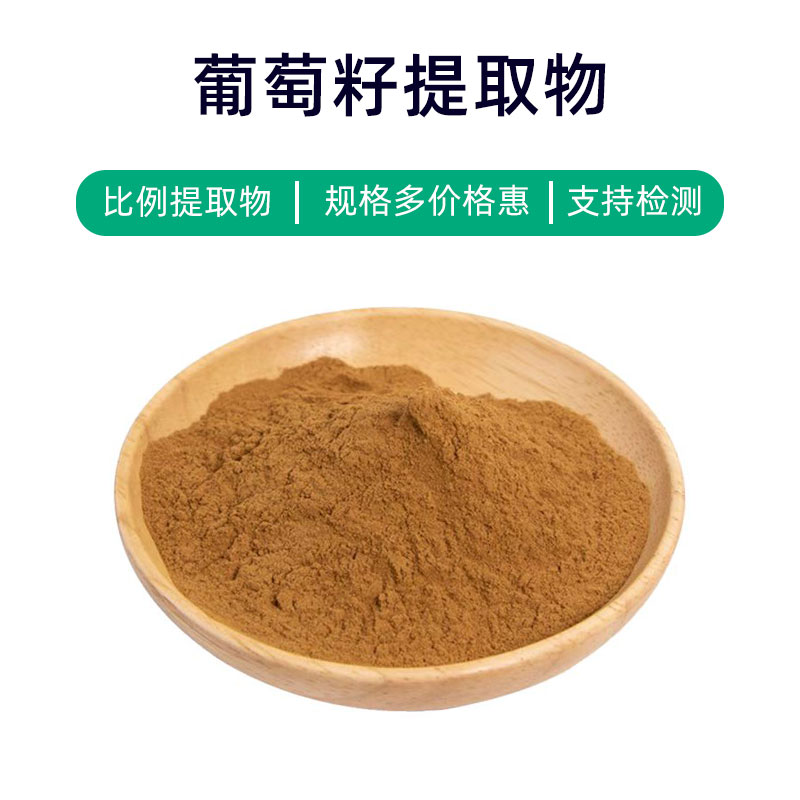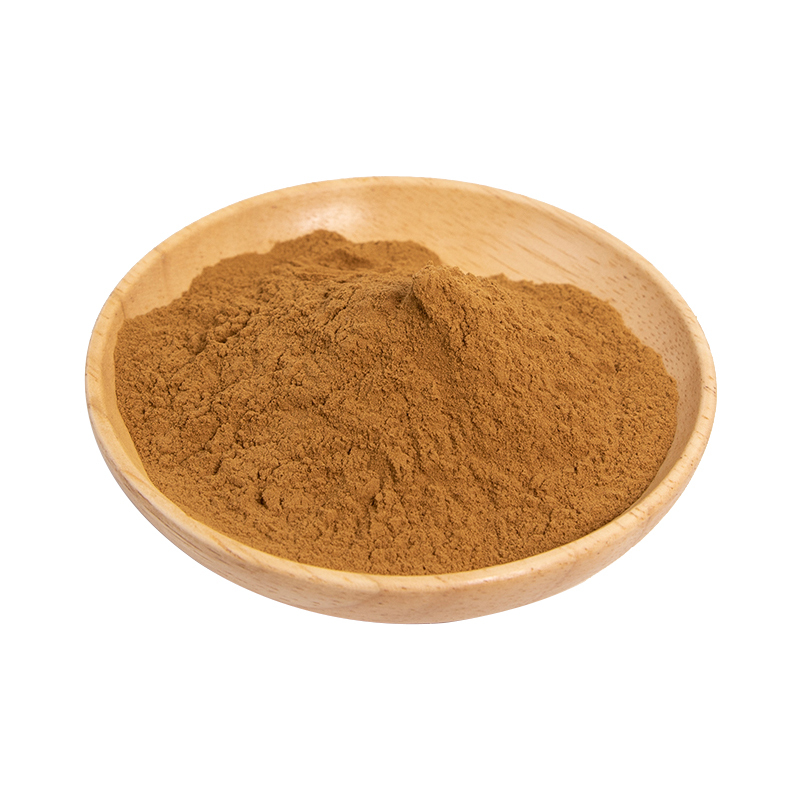Applications: Primarily used in pharmaceuticals, health supplements, and cosmetics, exhibiting various bioactive properties.
Storage: Should be stored in a dry, cool place, away from direct sunlight and high temperatures, with strict humidity control to ensure product quality and stability.
Introduction to Hook Vine Extract
Hook Vine Extract is a natural plant extract derived from the Hook Vine plant, with active ingredients including vincamine, caffeic acid, and phenolic compounds. It has a wide range of applications in the pharmaceutical, health supplement, and cosmetic industries.
This extract is considered to have numerous benefits, including antioxidant, anti-inflammatory, calming, and neuroprotective effects. It is widely used for improving cardiovascular health, enhancing memory, improving sleep quality, and alleviating anxiety and stress.
In the pharmaceutical realm, Hook Vine Extract is commonly used in the preparation of cardiovascular drugs, neuropharmaceuticals, and cognitive enhancement medications. Within the health supplement sector, it serves as an ingredient to boost immunity, improve sleep, and reduce anxiety. In cosmetics, Hook Vine Extract is often included in skincare products due to its antioxidant and anti-inflammatory properties, helping to soothe the skin, reduce allergic reactions, and delay skin aging.
In summary, Hook Vine Extract is regarded as a natural plant extract with numerous bioactivities and promising application prospects, garnering significant attention and use in the pharmaceutical, health supplement, and cosmetic industries.
Production Process of Hook Vine Extract
The production process of Hook Vine Extract typically includes the following steps:
- Raw Material Collection and Processing: Fresh Hook Vine plants are collected, cleaned, and processed to remove impurities and outer surfaces.
- Extraction: The processed Hook Vine plants are crushed or chopped, then extracted using appropriate solvents (such as ethanol or water). Common methods include soaking, heating reflux, and ultrasonic extraction.
- Concentration: The extracted solution is filtered to remove solid residues, and the solvent is evaporated using concentration equipment (such as evaporators or concentrators) to obtain a concentrated liquid.
- Precipitation and Separation: Appropriate precipitants are added to the concentrated liquid to precipitate the active components. The precipitate is then separated from the solution using centrifugation, filtration, or sedimentation methods.
- Drying: The separated precipitate is dried to remove moisture, using methods such as spray drying, vacuum drying, or oven drying.
- Crushing and Packaging: The dried Hook Vine Extract is crushed to achieve the desired particle size. Finally, the extract is packaged, usually in sealed aluminum foil bags or plastic containers, to ensure product quality and stability.
The entire production process requires strict control of various conditions, including raw material quality, extraction parameters, solvent selection, types and amounts of precipitants, as well as drying temperature and humidity, to ensure the extract's quality, purity, and stability of active components.
Effects and Side Effects of Hook Vine Extract
Hook Vine Extract is a commonly used herbal extract that offers various benefits, including:
- Anti-inflammatory Effects: Contains multiple bioactive components that exhibit significant anti-inflammatory properties, alleviating symptoms of arthritis and rheumatic conditions.
- Pain Relief and Itch Relief: Exhibits analgesic and antipruritic effects, effective in treating skin itchiness, eczema, urticaria, and other skin ailments.
- Antibacterial and Anti-inflammatory: Active components inhibit bacteria, fungi, and viruses, useful in treating skin infections, boils, and eczema.
- Antioxidant Properties: Rich in antioxidants, it can neutralize free radicals and reduce oxidative stress, protecting cells from oxidative damage and slowing aging.
- Immune Regulation: Adjusts immune system functions, enhancing body resistance and helping to prevent colds.
- Promotes Blood Circulation: Enhances blood circulation and improves microcirculation, benefitting cardiovascular conditions like coronary artery disease and hypertension.
- Liver Protection: Provides protective effects on the liver, reducing its burden and promoting cell repair, useful for preventing and treating liver diseases like hepatitis and fatty liver.
- Nervous System Regulation: Helps alleviate anxiety and insomnia symptoms, improving sleep quality.
Despite its many benefits, caution is needed regarding dosage and usage to avoid excessive or prolonged use, which may lead to adverse reactions. Some individuals may experience allergic reactions, so it's advisable to conduct a skin sensitivity test before use and follow the recommendations of healthcare professionals.
Application Scenarios and Dosage of Hook Vine Extract
Hook Vine Extract has a wide range of applications in the pharmaceutical, food, and cosmetic industries. Below are key application scenarios and dosage guidelines:
- Applications in Pharmaceuticals:
- Commonly used in traditional Chinese medicine formulations, such as topical plasters, washes, and sprays for treating skin itchiness, eczema, and rheumatic pain.
- In clinical traditional Chinese medicine, it's utilized for treating arthritis and rheumatic conditions, either administered orally or topically.
- Applications in Food:
- As a natural herbal extract, it can also be used as a food additive to enhance the medicinal value and functionality of food products.
- Included in some health products or functional foods, it serves to regulate immune function and improve blood circulation.
- Applications in Cosmetics:
- Found in skincare products due to its anti-inflammatory, antioxidant, analgesic, and antibacterial benefits, treating issues like acne, eczema, and sensitivity.
- Because of its calming and soothing effects, it is added to many calming and restorative cosmetics, such as masks, lotions, and creams.
- Dosage Guidelines:
- In Pharmaceuticals: Topical applications like plasters, washes, and sprays are generally used 2-3 times a day as directed by healthcare professionals.
- In Food: The amount in food additives should follow specific product formulations and generally adhere to food industry standards for quantity control.
- In Cosmetics: The typical dosage in skincare products ranges from 0.1% to 5%, adjustable based on product efficacy and formulation.
When using Hook Vine Extract, it is essential to consider individual differences and potential allergies, and it is advisable to conduct a prior skin sensitivity test. If any discomfort occurs, usage should be stopped immediately, and consultation should be sought. Special populations such as pregnant women and children should follow medical advice for use.
Source Plant Information: Distribution and Growth Environment of Hook Vine
Hook Vine (Scientific name: Uncaria rhynchophylla) is a common woody plant belonging to the Rubiaceae family, primarily found in East Asia. Below is detailed information about the source plant for Hook Vine Extract, including its distribution and growth environment:
- Plant Description:
- Hook Vine is a perennial climbing plant with stems that extend and have hook-like protrusions on the surface, hence the name. It typically grows in woods or thickets and can reach heights of several meters to over ten meters.
- The leaves are oppositely arranged, oval to lanceolate, with sharp tips and serrated edges. The small flowers cluster in the leaf axils, featuring white or light purple corollas.
- The fruit is an oval capsule containing multiple seeds that are smooth and either oval or flattened.
- Distribution:
- Hook Vine is mainly found in East Asia, including the Yangtze River basin, southern and eastern China, as well as in Japan and the Korean Peninsula.
- In China, it is widely distributed in hilly and mountainous regions of provinces like Zhejiang, Fujian, Jiangxi, Hunan, and Guangdong.
- Growth Environment:
- Prefers moist environments, commonly growing in mountainous or hilly areas at elevations of 300 to 1500 meters.
- It adapts well to various soil types and is frequently found on slopes, by streams, along forest edges, and in shady, humid spots within forests.
- Growth Characteristics:
- Hook Vine is a highly adaptable plant that thrives in low-light conditions, often found in the damp environments of mountainous areas.
- It demonstrates strong adaptability and vigor, rapidly climbing and growing on tree trunks or other plants.
- Reproductive Methods:
- Hook Vine can reproduce through seeds or vegetatively by methods such as cuttings and division.
- In natural environments, reproduction mainly occurs through seed dispersal and spread.
In summary, Hook Vine is a climbing plant that flourishes in the mountainous regions of East Asia, favoring moist environments, showcasing strong adaptability and vigor, with minimal soil requirements, often found in shady, hillside, and stream-side areas.
Processing and Storage of Hook Vine Extract
The processing of Hook Vine Extract typically involves the following steps: First, effective components are extracted from the Hook Vine using suitable extraction methods (such as water or alcohol extraction); then, through concentration, filtration, and drying, the extract undergoes further processing; finally, it may be crushed or made into liquid forms as needed for subsequent applications.
For storage, Hook Vine Extract should be kept in a cool, dry place away from direct sunlight and high temperatures to prevent moisture uptake, mold growth, or loss of activity. Additionally, the extract should be sealed to avoid exposure to air, thereby extending its shelf life and maintaining its quality.
Monica Sun is a seasoned expert in the plant extraction industry with over a decade of experience in research and production. She specializes in the extraction and purification of plant active ingredients, focusing on driving innovation in natural product applications. Monica has participated in the development of multiple functional plant extracts, delivering high-value natural raw material solutions for the health food, pharmaceutical, and dietary supplement sectors.









